Backyard chickens
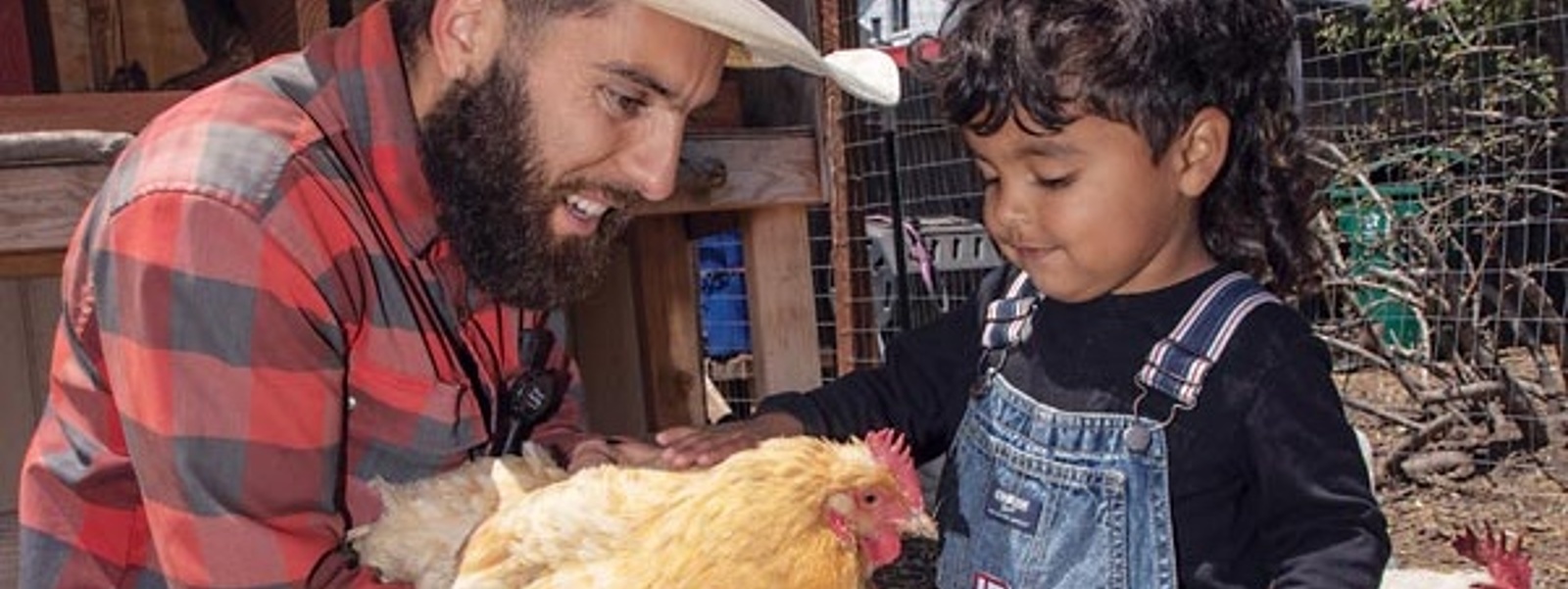
September/October 2023 California Bountiful magazine
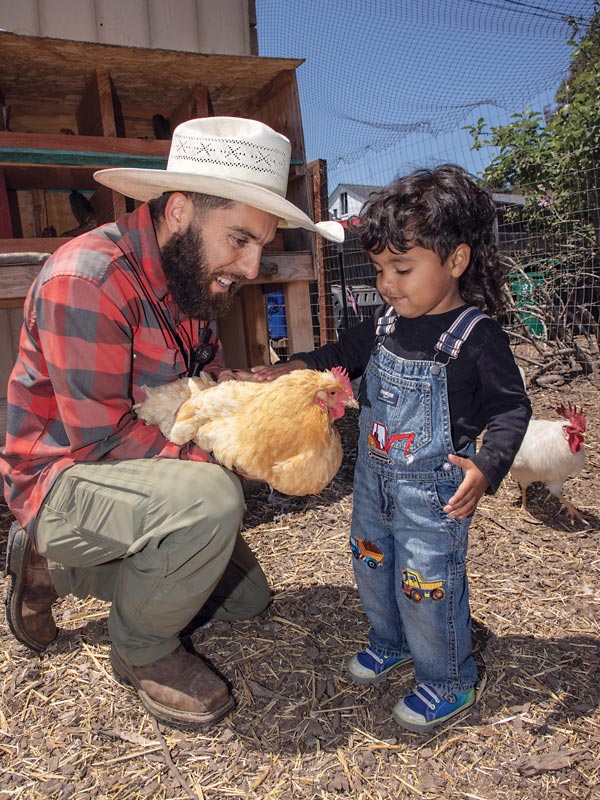
California feed mill helps families raise healthy flocks
Story by Caleb Hampton
Photos by Lori Eanes
At the start of the pandemic, as concerns mounted about the global food supply chain, Scott and Rayna Farrell got three chickens to keep in their backyard in Contra Costa County. “I didn’t like the idea of possibly not having food,” says Scott Farrell, who manages a construction company. If grocery store shelves dried up, he reasoned, at least they would have their eggs.
As it turned out, all three chickens were roosters, creating a supply issue of their own, but after replacing them with hens, the family never looked back. “Those three chickens turned into six. Then we got probably another eight,” Farrell says. “Now, we have close to 50 chickens,” which occupy a 1-acre field behind the family’s house in El Sobrante.
“It’s turned into a full-blown thing,” he says.
To take care of all the chickens, the Farrells get help from their two sons, Carter, 5, and Jeremiah, 2, who feed the birds and collect their eggs. They also tag along on trips to El Sobrante Feed & Pet Supply, which provides an important ingredient in the supply chain for the Farrells and other people keeping backyard chickens, an increasingly popular fixture in urban and suburban households.
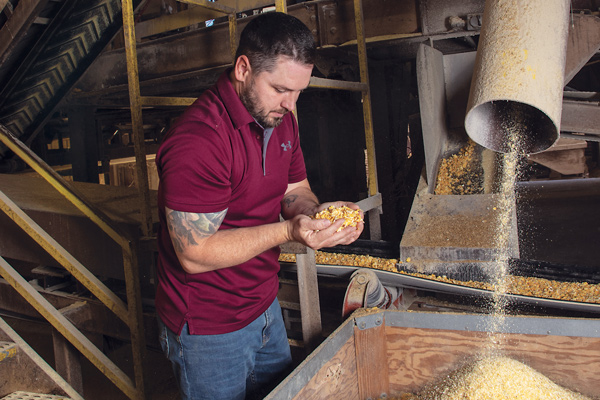
The first link in the chain
At the feed store, the Farrells buy an organic chicken feed manufactured by Bar ALE. One of the major players in California’s animal feed sector, which provides food for all kinds of poultry and livestock, Bar ALE stumbled into the business several decades ago.
“They started off selling bags that would be used for chicken feed and when the bags got returned they’d have a little bit of feed left in the bottom. They would vacuum out that feed, accumulate it and re-bag and sell it,” says Stephen Davis, chief operating officer at Bar ALE and grandson-in-law of the company’s co-founder, Paul Lewis. “That’s an accidental way they got into the feed business.”
Today, at its mill in Colusa County, Bar ALE manufactures high-quality animal feeds including the organic chicken feed popular with backyard chicken enthusiasts such as the Farrells.
“The chickens love the food, and the organic aspect is very important to us,” Farrell says. “When you’re eating a lot of eggs from these animals, you want to make sure you’re getting the healthiest type of egg that you can.”
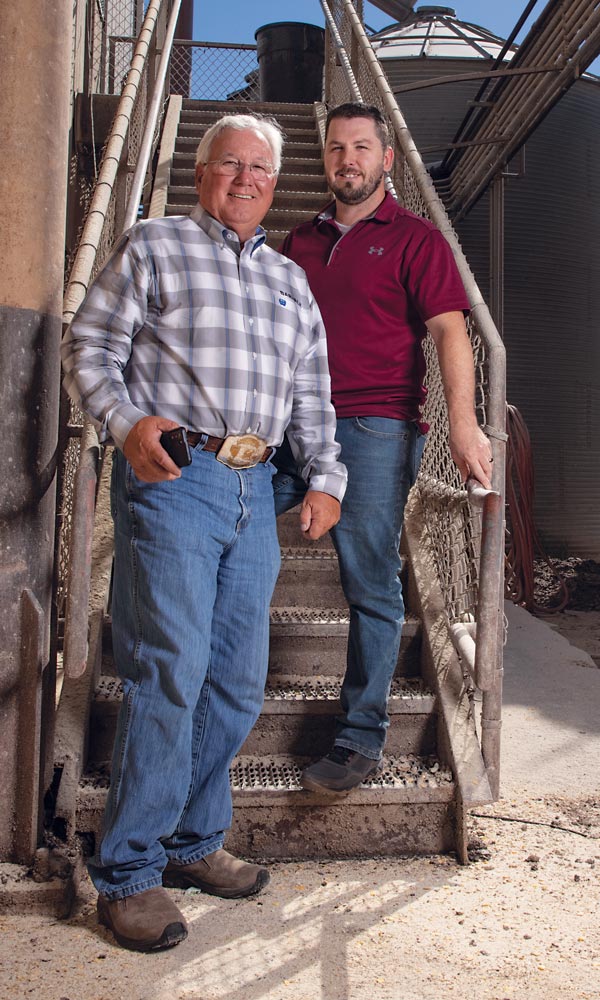
Finding a niche
Bar ALE began making certified organic feeds about a decade ago. Now, organic products comprise about two-thirds of its business. It also produces conventional and non-GMO feeds at its mill in Williams, selling the products across the western U.S. and as far as Alaska and Hawaii.
“We compete with some of the biggest feed manufacturers and brand names in the world,” Davis says. That means Bar ALE needed to carve out a niche where it could excel over competitors. “Where we really shine is focusing on small batches that are fresh and have added value,” he says. “We use a lot of technologies that are geared toward maximizing performance for each species.”
Much of the science and technology that goes into Bar ALE’s feeds comes from Alltech, an animal nutrition company and longtime business partner of Bar ALE. “They are the Lamborghini of ingredients and technology,” says Matt Zappetini of Bar ALE, referring to Alltech’s yeast cells and other elements that the mill sources to maximize the health benefits of their feeds for chickens and other animals.
In the chicken feed, the yeast cells “support gut health, promote good bugs and build up the defense system” of the chickens, Zappetini says, improving the overall health of the flock.
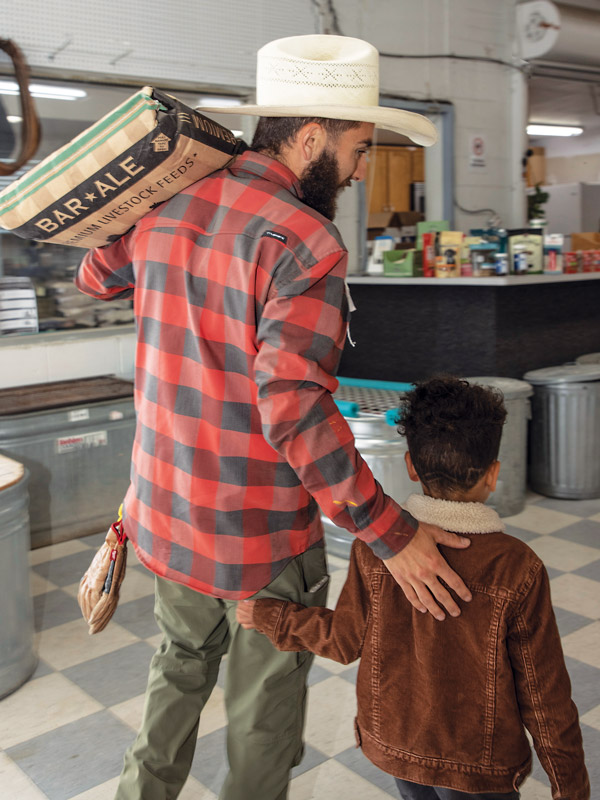
The secret to delicious eggs
Other ingredients that go into Bar ALE’s feeds include sesame seeds, sunflower seeds, corn, wheat, barley and other grains. In the chicken feed, they add oyster shell to make the chicken eggshells harder and marigold flowers to enhance the yellow of the yolks.
At the Bar ALE mill, employees put together the animal feeds using several steps. “The easiest way to put it is that it’s similar to baking a cookie,” manager Joel Douglas says. “You’ve got a recipe, you’ve got ingredients and you’re putting them together to come out with one final product.”
First, ingredients are weighed precisely and mixed together using a computer program that measures out the batches. “Operators put in a unique code that identifies a specific product,” he says, such as the chicken feed used by the Farrells.
Once the production team checks that everything is right, the ingredients are sent through a mixer that blends it all together.
The powdery blends are then mixed with steam and other elements to bond the ingredients together. “The gelatin and starches make it digestible to the animal,” Douglas explains. Then, with the blend heated to around 180 degrees, “that mash gets squeezed through a mill that has holes and a knife on the end, so it’s pushed through and getting cut into uniform pieces,” he says.
Afterward, the feed goes into a cooler that extracts the moisture.
Finally, it is put on a conveyor belt that carries the feed into bulk tanks or to smaller sacks depending on the batch.
“It’s a lot more than going out with a handful of corn and letting the chickens fend for themselves,” Zappetini says.
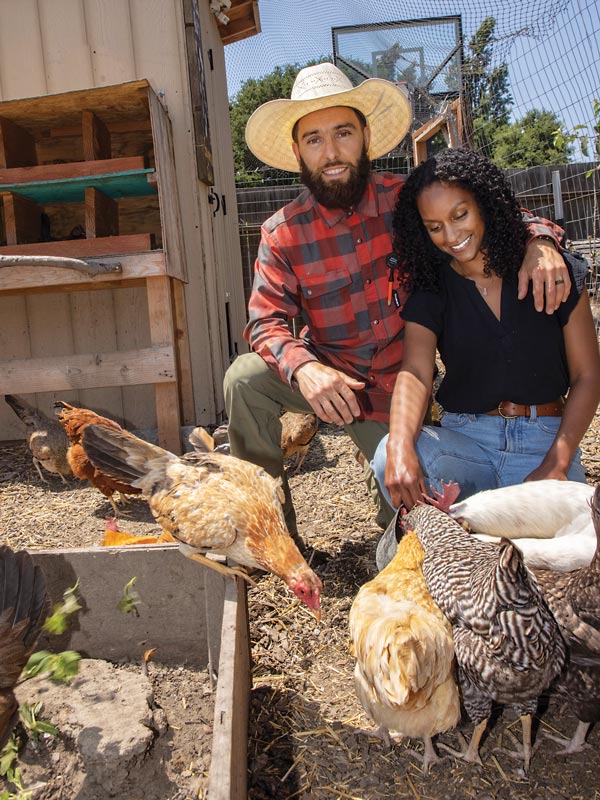
Lasting relationships
The cutting-edge approach can raise the price point on some of the company’s feeds. Farrell says he found cheaper feed at the store but decided to stick with Bar ALE’s organic feed. “What you feed the chickens dictates what the eggs look like,” he says. “With our eggs, the yolks are dark orange and everyone who eats the eggs tells us they just taste delicious.”
His family has used Bar ALE’s organic chicken feed from the beginning, he adds, and has no plans to stop. “We have never had any issues with sick chickens or anything,” he says. “We’ve only had success. That’s why we continue to use it.”
For Davis and others at Bar ALE, the nutrition that families like the Farrells get from having healthy chickens is what makes the years of work and innovation worth it.
“I’m most proud of the quality products and the long-term relationships and trust we have built over generations,” Davis says. “It takes time to build that reputation and loyalty.”
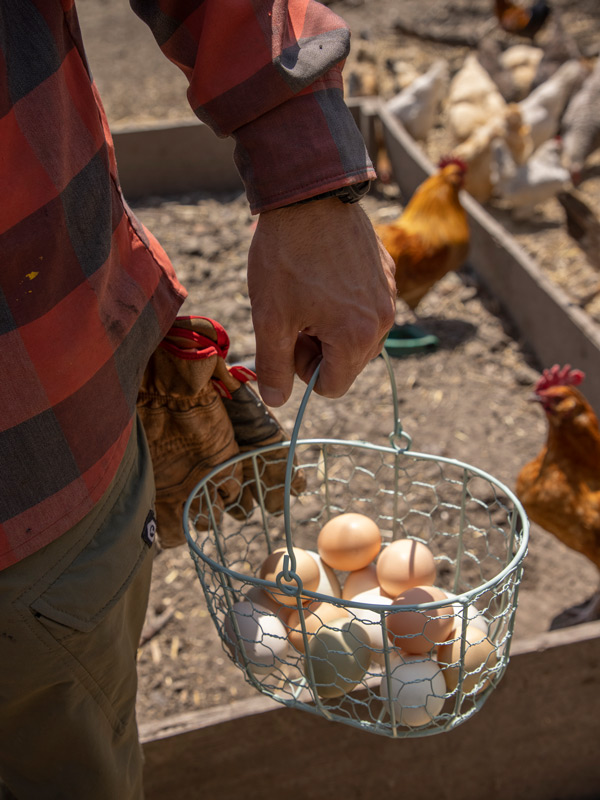
Safety tips for keeping backyard chickens
Keeping backyard chickens is a great way to experience a farm-to-fork lifestyle and teach children about the food chain and nutrition. It also provides an opportunity—and responsibility—to engage in health and safety practices that are important when caring for farm animals.
“Although keeping backyard poultry can be fun and educational, owners should be aware that poultry can sometimes carry harmful germs that make people sick,” the Centers for Disease Control and Prevention says. The chickens can also spread diseases among each other and to other birds.
To keep your flock and family safe and healthy, the CDC recommends washing hands with soap and running water after touching chickens or collecting eggs; supervising young children who are around backyard chickens; designating a pair of shoes to use when taking care of chickens and leaving those shoes outside; staying outdoors when cleaning equipment or materials used to care for chickens; keeping a clean outdoor chicken coop; collecting eggs often; and cleaning dirt or debris off eggs with a fine brush or sandpaper.
The CDC discourages allowing chickens indoors; snuggling them or allowing them to touch your face or mouth; and eating or drinking in areas where chickens are kept.
Owners should contact a veterinarian if their chickens show signs of illness, produce discolored or misshapen eggs or die unexpectedly.
See “Now from Nationwide” for more tips.

